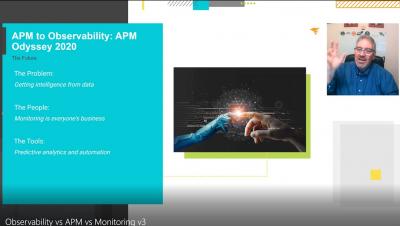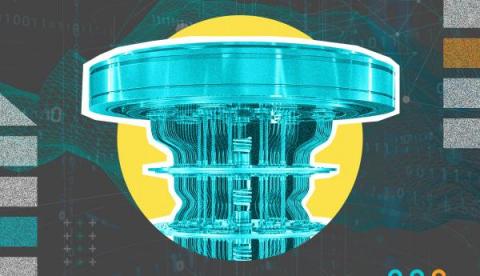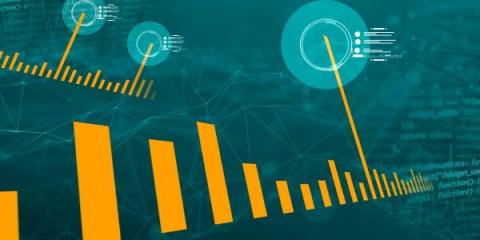How Observability and AIOps Are Transforming the World
Artificial intelligence for IT operations (AIOps) is the application of artificial intelligence (AI) and associated technologies—like machine learning (ML) and natural language processing—for normal IT operations activities and endeavors. AIOps helps ITOps, DevOps, and site reliability engineer (SRE) teams work better by examining IT information and observability telemetry.











